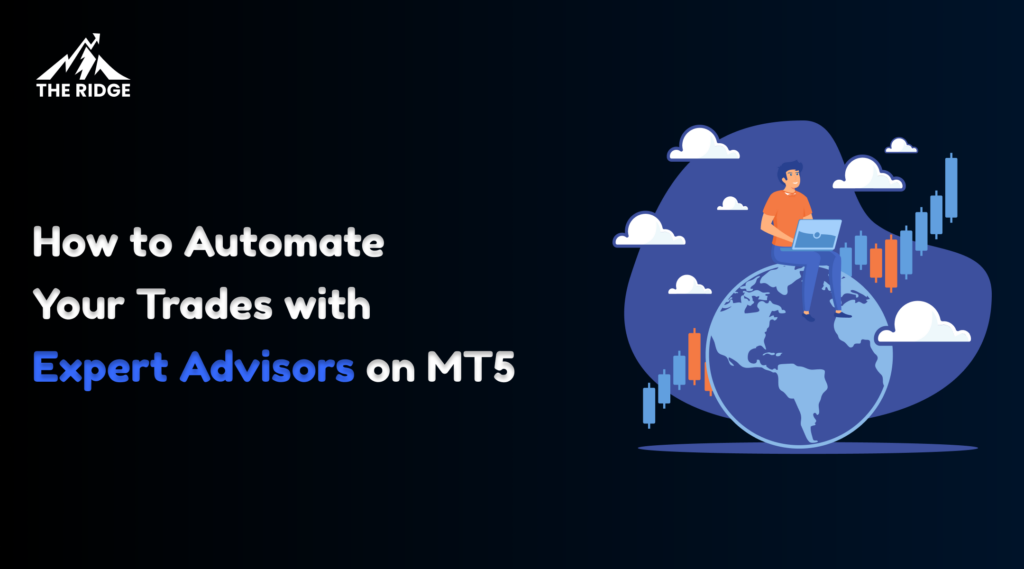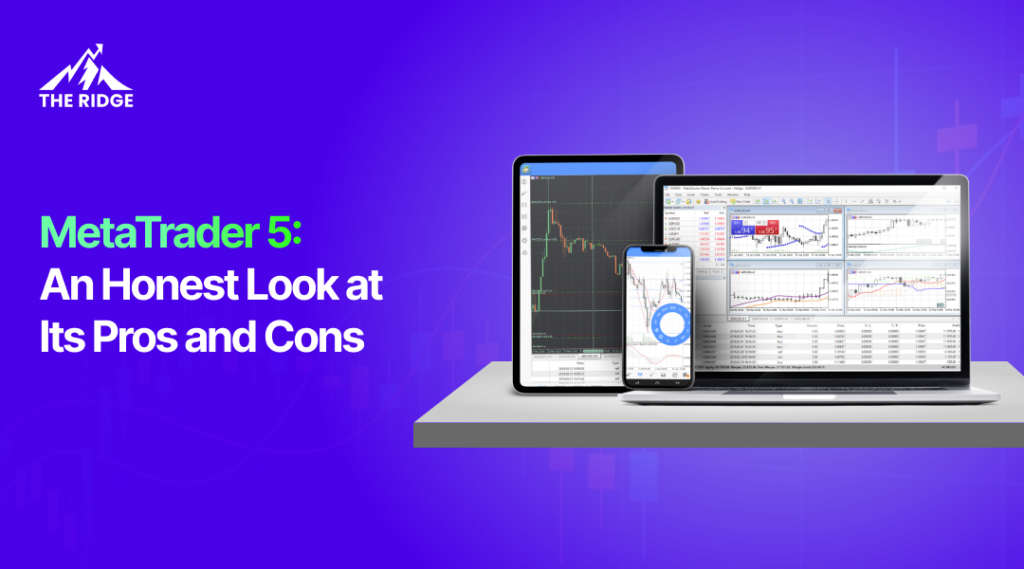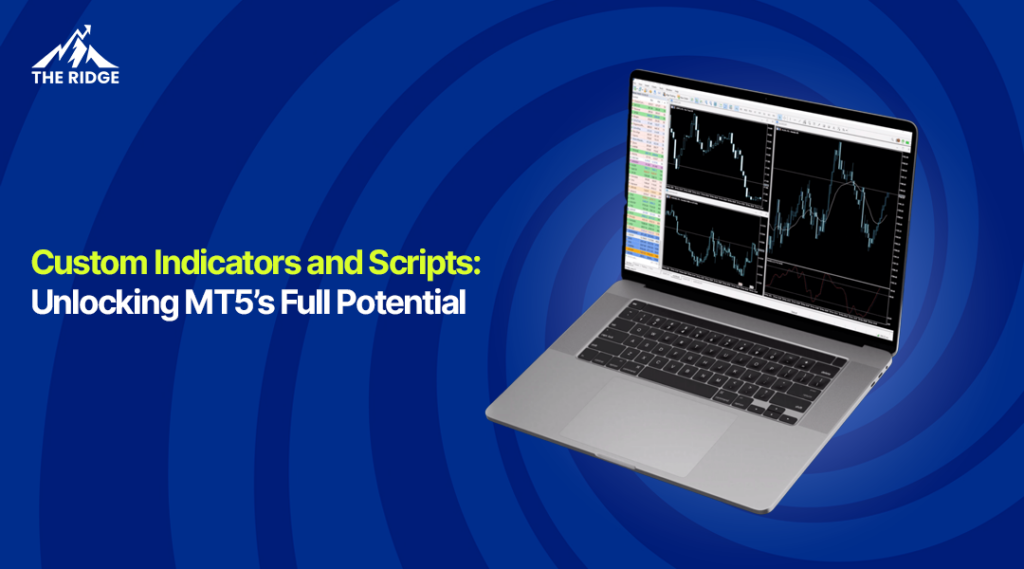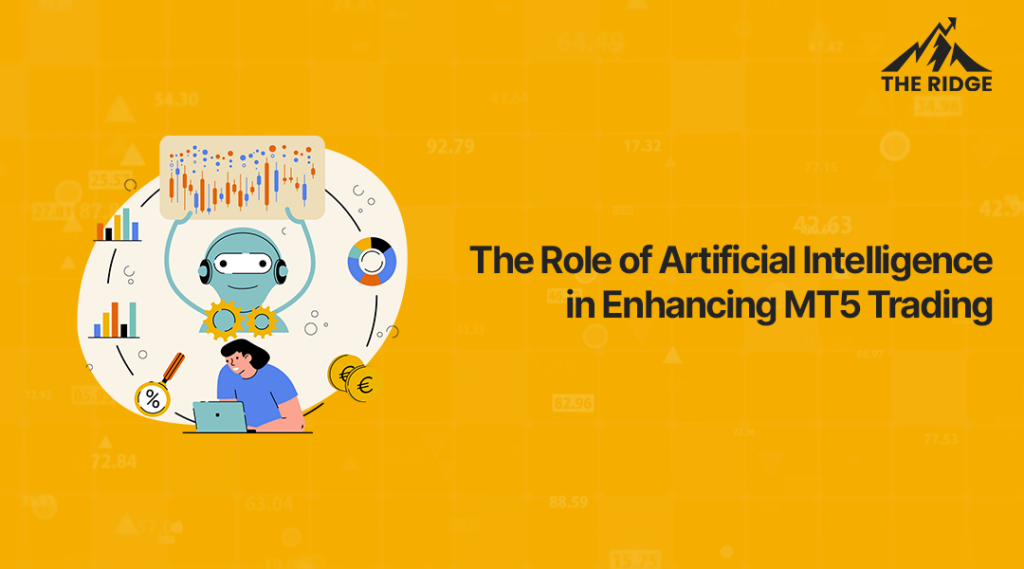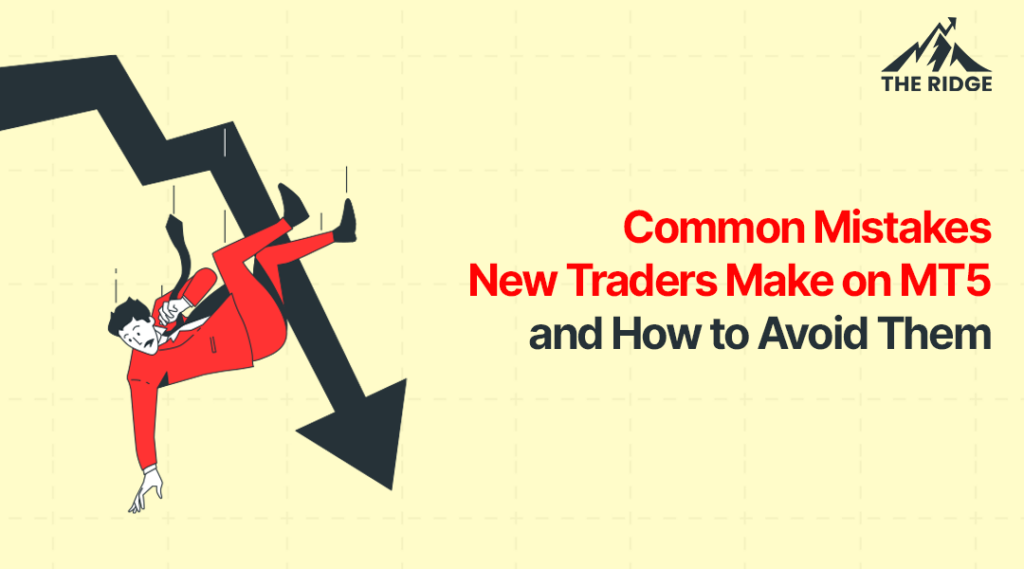What Makes a Forex Trading Platform the Best?
Choosing the right Forex trading platform can make or break your trading success. A great platform should offer tight spreads, fast order execution, advanced trading indicators, and a secure trading environment. Whether you’re a beginner or a pro, finding the best Forex broker is crucial for maximizing profits. The Forex market is one of the largest financial markets in the world, with daily trading volumes exceeding trillions of dollars. The right trading platform provides the tools and resources to help traders navigate market trends, manage risks, and make profitable trades. Key Features to Look for in a Forex Platform When selecting a Forex trading platform, consider the following: Competitive Spreads & Fees – High fees eat into profits. Choose a platform with cost-effective trading. Instant Trade Execution – Market volatility requires a platform with real-time trade processing to avoid slippage. Security & Compliance – A regulated platform ensures your funds and data are safe, protecting you from fraud and scams. Advanced Trading Indicators – Tools like moving averages, RSI, and Fibonacci retracements enhance trading strategies by providing valuable insights into market trends. Seamless Trading Experience – A user-friendly interface improves efficiency, whether on desktop or mobile, allowing traders to execute trades quickly and effectively. Multiple Order Types – Platforms offering market orders, limit orders, stop-loss orders, and trailing stops give traders better risk management options. Leverage & Margin Trading – Many Forex brokers provide leverage, which allows traders to control larger positions with a smaller deposit. Understanding how leverage works is essential to managing risk effectively. Diverse Asset Selection – The best Forex trading platforms provide access to a wide range of currency pairs, including major, minor, and exotic pairs, along with other asset classes like commodities, indices, and cryptocurrencies. Top Forex Trading Platforms Compared Platform Regulation Spreads Execution Speed Trading Tools RidgeCorp Regulated Low Ultra-Fast Advanced AI Indicators MetaTrader 4 (MT4) Regulated Medium Fast Customizable Indicators MetaTrader 5 (MT5) Regulated Low Fast Enhanced Charting Tools cTrader Regulated Low Ultra-Fast Advanced Automation Features NinjaTrader Regulated Medium Fast Professional Analysis Tools eToro Regulated High Medium Social & Copy Trading Why RidgeCorp is the Best Forex Trading Platform RidgeCorp stands out in the competitive Forex market due to its secure and feature-rich trading experience: Tight Spreads & High Liquidity – Trade with minimal costs and optimal market depth, ensuring efficient execution even during high volatility. Lightning-Fast Order Execution – No delays, no slippage, just precision trading, ensuring traders enter and exit positions at their preferred price points. Cutting-Edge Trading Tools – AI-driven analytics, customizable charting, automated trading strategies, and in-depth market insights provide traders with a significant edge. Regulated & Secure – Your funds and personal data are always protected through top-tier regulatory compliance and encryption protocols. Seamless User Experience – A smooth and intuitive platform designed for traders of all levels, from beginners to advanced professionals. Demo Account Access – RidgeCorp offers a risk-free demo trading environment for new traders to practice and refine their strategies before committing real funds. Multi-Device Compatibility – Whether on a desktop, web browser, or mobile app, RidgeCorp provides a seamless trading experience across all devices. How to Choose the Right Forex Trading Platform for You While RidgeCorp is a top choice, it’s important to consider your specific trading needs when choosing a platform: Are you a beginner or an experienced trader? New traders should look for platforms with educational resources and demo accounts. Do you prefer manual or automated trading? If you use trading bots or scripts, ensure the platform supports algorithmic trading. What currency pairs do you trade? Some brokers specialize in major pairs, while others provide access to a broader range, including exotic currencies. What’s your risk tolerance? If you use leverage, ensure you fully understand its risks and rewards. User Success Stories Thousands of traders trust RidgeCorp to trade Forex efficiently. Here’s what they say: “Switching to RidgeCorp transformed my trading game. The tight spreads and real-time order execution make a huge difference!” – Mark T. “I love the advanced indicators RidgeCorp offers. They help me make smarter trading decisions every day!” – Sarah L. “With RidgeCorp’s AI-powered trading signals, I’ve significantly improved my market analysis and decision-making process.” – Kevin R. How to Get Started on RidgeCorp Sign Up – Create your free RidgeCorp trading account in minutes. Verify Your Account – Complete the KYC process for secure trading. Deposit Funds – Securely fund your account with multiple payment options, including bank transfers, e-wallets, and crypto deposits. Explore the Trading Dashboard – Familiarize yourself with RidgeCorp’s advanced trading tools. Start Trading – Access a world of currency pairs and professional trading tools, and execute your first trade with confidence. Use Risk Management Tools – Take advantage of stop-loss and take-profit orders to minimize losses and lock in profits. Common Mistakes to Avoid When Trading Forex Even with the best trading platform, mistakes can be costly. Here are some common pitfalls and how to avoid them: Overleveraging – Trading with excessive leverage can amplify losses as much as it can boost gains. Ignoring Risk Management – Always set stop-loss levels and never risk more than you can afford to lose. Emotional Trading – Fear and greed often lead to impulsive decisions. Stick to a well-defined strategy. Not Keeping Up with Market News – Economic events and geopolitical developments can significantly impact currency prices. Failing to Backtest Strategies – Testing strategies on historical data helps identify strengths and weaknesses before live trading. Final Thoughts When it comes to Forex trading, having the right platform can be a game-changer. RidgeCorp provides the best combination of speed, security, and professional trading features to help you trade smarter and profit more. Whether you’re a beginner exploring the Forex market or an experienced trader looking for advanced tools, RidgeCorp offers everything you need to succeed. 🔹 Ready to trade like a pro? Join RidgeCorp today! Your name Your email Subject Your message (optional) Δ


